Description
Many products have not been listed yet. For more products, please contact us
If the product model is inconsistent with the displayed image, the model shall prevail. Please contact us for specific product images, and we will arrange for photos to be taken and confirmed in the warehouse
We have 16 shared warehouses worldwide, so sometimes it may take several hours to accurately return to you. We apologize for any inconvenience caused. Of course, we will respond to your concerns as soon as possible.
Tension ElectronicsPFEA 111, 112, 122 and 113
- bringing something new to web tension
Covering a wide range of applications the Tension Electronics comes in four versions, with different levels of performance and functionality. All four versions have multi-language digital display and configuration keys. The configuration keys being used for setting different parameters and to check the status of the tension system.
The 2 x 16 character display can present sum, difference or individual load cell signals.
All four versions are available in both DIN-rail version and enclosed IP65 (NEMA 4) version for mounting in more severe environments.
About this System Your system for tension measurement consists of: • Tension Electronics PFEA111 or PFEA112 – PFEA111 is a cost effective compact and user friendly tension electronics providing an accurate and reliable fast analog SUM signal from two load cells for control and/or monitoring. The display can show the SUM, individual A & B and difference signal. The small size and DIN-rail mount make this unit very easy to integrate into many types of electrical cabinets – PFEA112 provides the same functionality and user friendliness as the PFEA111 with the addition of fieldbus communication via Profibus-DP. Covering a wide range of applications the Tension Electronics comes in three versions (The PFEA 113 is described in a separate manual), with different levels of performance and functionality. All three versions have multi-language digital display and configuration keys. The configuration keys being used for setting different parameters and to check the status of the tension system. The 2 x 16 character display can present sum, difference or individual load cell signals. All three versions are available in both DIN-rail version (IP 20-version, unsealed) and enclosed IP 65-version (NEMA 4) for mounting in more severe environments. • Load cells of type PFCL 201, PFCL 301E, PFTL 101, PFTL 201, PFTL 301E and PFRL 101 The equipment is intended for use in a wide range of manufacturing processes where a web of any kind of material, e.g. paper, plastic or textile, is transported in a machine. The only requirement is that the web is wrapped over a roll. The force on the roll is proportional to the web tension. The resulting force is transferred through the bearing housings into the load cells. The load cells create a signal that is proportional to the force acting in the measuring direction of the load cells. This signal is processed and amplified in the tension electronics and can be used as an input signal for process control, presentation on a display or for registration.
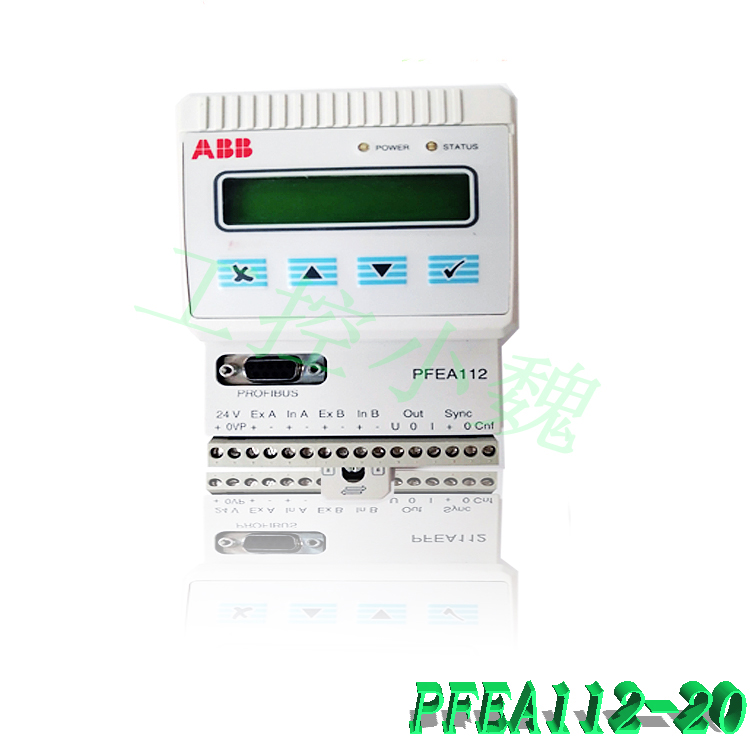
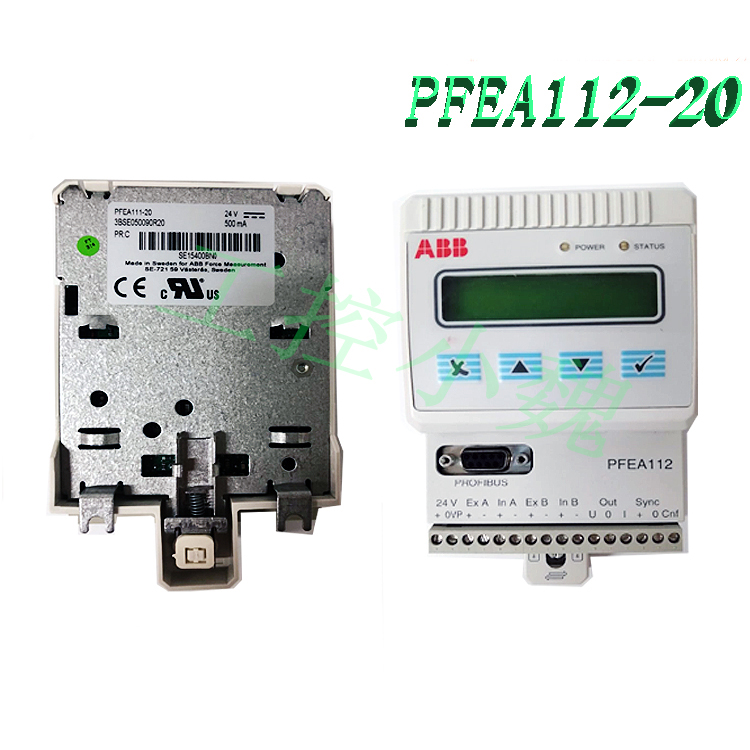
Synchronization Synchronization is not required for the wall mounted IP-version (NEMA 4) of the tension electronics. If two or more IP 20-version (unsealed) tension electronics are mounted in the same cabinet, they must be synchronized. Synchronization is done by interconnecting the “SYNC” terminals, screw terminal X1:14, of all the units and interconnecting screw terminal X:15 of all units. A twisted pair cable or a screened cable must be used. If one unit is turned off or removed the remaining units are still synchronized.
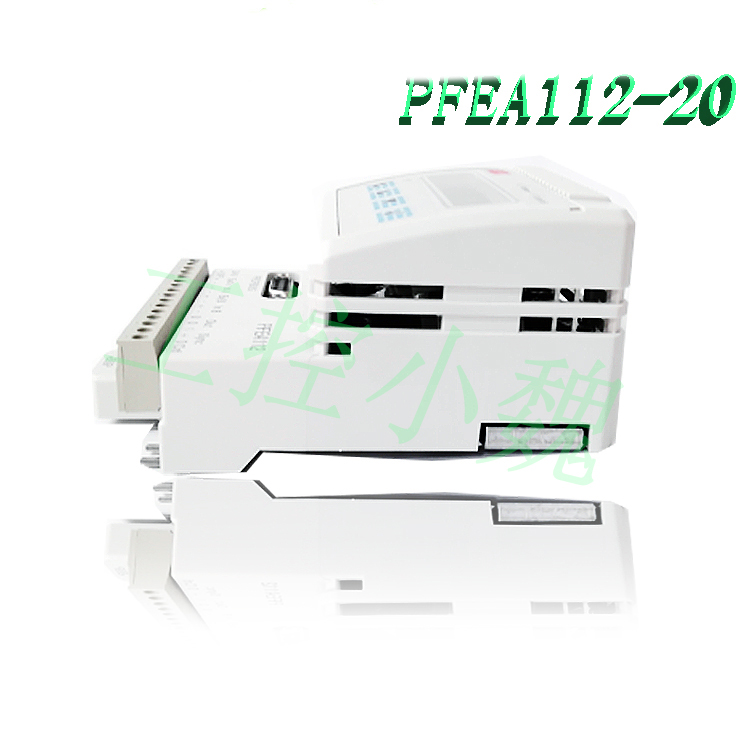
For trouble free operation, the earthing must be carried out carefully. Note the following: • If the free (unscreened) length exceeds 0.1 m (4 in.) the individual pairs of power and signal conductors must be twisted separately • The external protective earth (PE) cable must be attached to one of the earthbar screw clamps. • All the cable screens have to be connected to the earthbar and the length of the screen connection must be less than 50 mm (2 in.).
Model recommendation:
PFEA111-20
PFEA111-20 3BSE050090R20
PFEA111-65 3BSE028140R0065
PFEA111-65
PFEA112-20
PFEA112-20 3BSE030369R0020
PFEA112-20 3BSE050091R20
PFEA112-20 3BSE050091R20 3BSE030369R0020
PFEA112-65
SELCO SIGMA S6500 UI MODULE
SAILOR COBHAM DPD 06076 TT38-124765-D GPS MODULE
UDD406A 3BHE041465P201
MCS BOXERS-R-AEC6900-0001
A-B 0165-058-51-R
More……


-300x300.jpg)
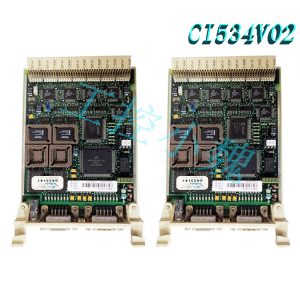
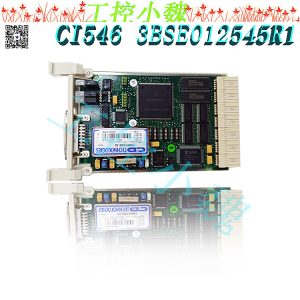
-300x300.jpg)
Reviews
There are no reviews yet.